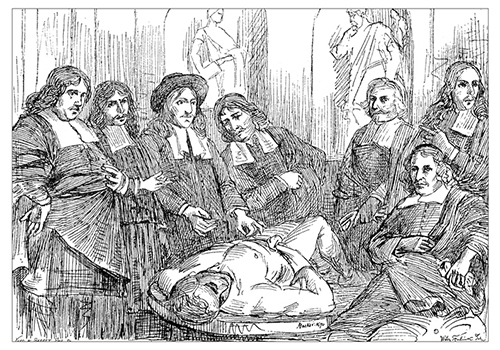Introduction
Had it not been for body snatching, we would probably not know what we do know about the human body. The dissection of corpses was a controversial practice for centuries. Body snatching occurred when dead bodies were secretly removed from graveyards and sold to those wanting to study them.

Andreas Vesalius (1514-1564) was one of those who dissected corpses to study the human anatomy. He is considered the founder of modern human anatomy due to his discoveries about the human body. You can learn more about Vesalius and his dissecting practices by reading the Andreas Vesalius encyclopedia entry from Famous Scientists.
Let’s begin our investigation of the human body.
| Lesson Objectives |
|
Following successful completion of this lesson, students will be able to...
Enduring Understandings
The above objectives correspond with the Alabama Course of Study: Anatomy and Physiology standards: 1 |
